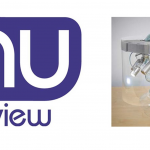A strong online presence is important for businesses in nearly every sector today. For dental practices, an effective website can make a massive difference to the diary and to the business reputation. However, there are many dental websites out there that simply are not optimised for maximum patient conversion.
Shaz Memon, Founder of Digimax Dental and author of Instagram for dentists, is passionate about helping dentists capitalise on their websites’ potential. He comments on why dentists may not even realise that their websites are not as successful as they could be:
“In our experience of speaking to dentists, most really value their websites and understand why they are important. However, many don’t know how to determine whether theirs is good or not. Most will assess their site based on whether it looks good and contains the right information. While these factors are, of course, important, they can create a false illusion. A successful dental website is a piece of user-experience art, a successful website ensures every kind of target patient stays on the site for as long as possible, and completes an enquiry as quickly as possible.
“We have found the average bounce rate for dental websites to be about 80%. This means that 80% of people who click on a practice website, are leaving again within 20 seconds. Clearly, making the pages look aesthetically-pleasing is not enough, but dentists and even some of the website designers out there don’t know about the other features to consider. We have found that when people remain on the website for longer, they typically stay for 3-4 minutes – the more people stay for that long, the more likely they are to make an enquiry, the greater the opportunity is to gain new patients.”
So, if the aim of the game is to keep patients interested and therefore encourage them to browse the practice website for longer, how can this be achieved? According to Shaz, there are a huge number of aspects to think about, though the key points can be covered with 5 simple steps. He continues:
“I use what I call ‘the five-second test’. This is an assessment of whether essential pieces of information can be viewed easily on a website, within five seconds of landing on the homepage. Without searching too hard or scrolling too much, a visitor should be able to find the practice address/location, phone number, ‘contact us’ section or link, top 3-4 treatments available and Google reviews. All of this means they instantly have the basic information they need to determine whether the practice meets their needs and if it is worth looking at further. The reviews also provide immediate social proof that the practice is good enough to provide the standard of care they seek.”
The length of time visitors spend on the website and the bounce rate are the two key measures for success of a website, alongside the numbers of unique visitors and patient enquiries generated. In order to monitor your website performance accurately, Shaz recommends reviewing the analytics directly.
“Basic Google analytics are more than adequate to monitor a level of success or failure,” he says. “This enables dentists to access the information directly, without having to rely on their design agency or another third party for accurate results.”
While all this might sound fairly straightforward, it can be more difficult to put into practice. Shaz reflects on the challenges dental principals may face in truly optimising their business websites:
“Ultimately, there is no education in this field for dental professionals. Few people know what to do and how to get the very most from their websites. Most people will depend on websites designers but then don’t understand why their site isn’t performing as it should. I always use the Amazon website as an example – it has been carefully and very successfully refined to optimise user experience and maximise on sales. I want to show more dentists how to combine a great design with features that will retain and enhance patient interest.”
Shaz will explore all of this in his session entitled “Your website is losing you money, and you don’t even know it” at the Dentistry Show London this September. About his talk, he adds:
“There are about 120 points that are in our ‘website success formula’ using data and learnings from studying thousands of websites. At my agency Digimax, we don’t only want to deliver on the initial wow-impact of the website to our clients, we want these websites to become long-term, wow patient-generating machines. I will discuss the top 5 during my lecture. With 20 years of experience in the dental marketing field, I will also be able to share some of the mistakes dentists might make that cause people to leave their websites too quickly.”
Delegates attending the session can expect to leave with a better understanding of how to increase leads without increasing marketing spend and what changes they should consider for their own website. Shaz will also explore how some practices can lose in excess of £100k every month by not implementing simple things into their business homepage.
Don’t miss all of this and more at the Dentistry Show London 2021! Register online for free today.
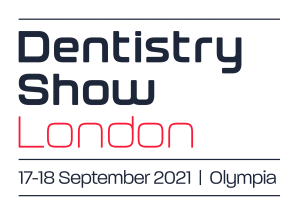
London Dentistry Show 2021
Friday 17th and Saturday 18th September
Olympia London
Register for free at www.londondentistryshow.co.uk





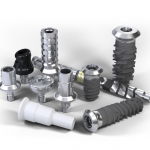
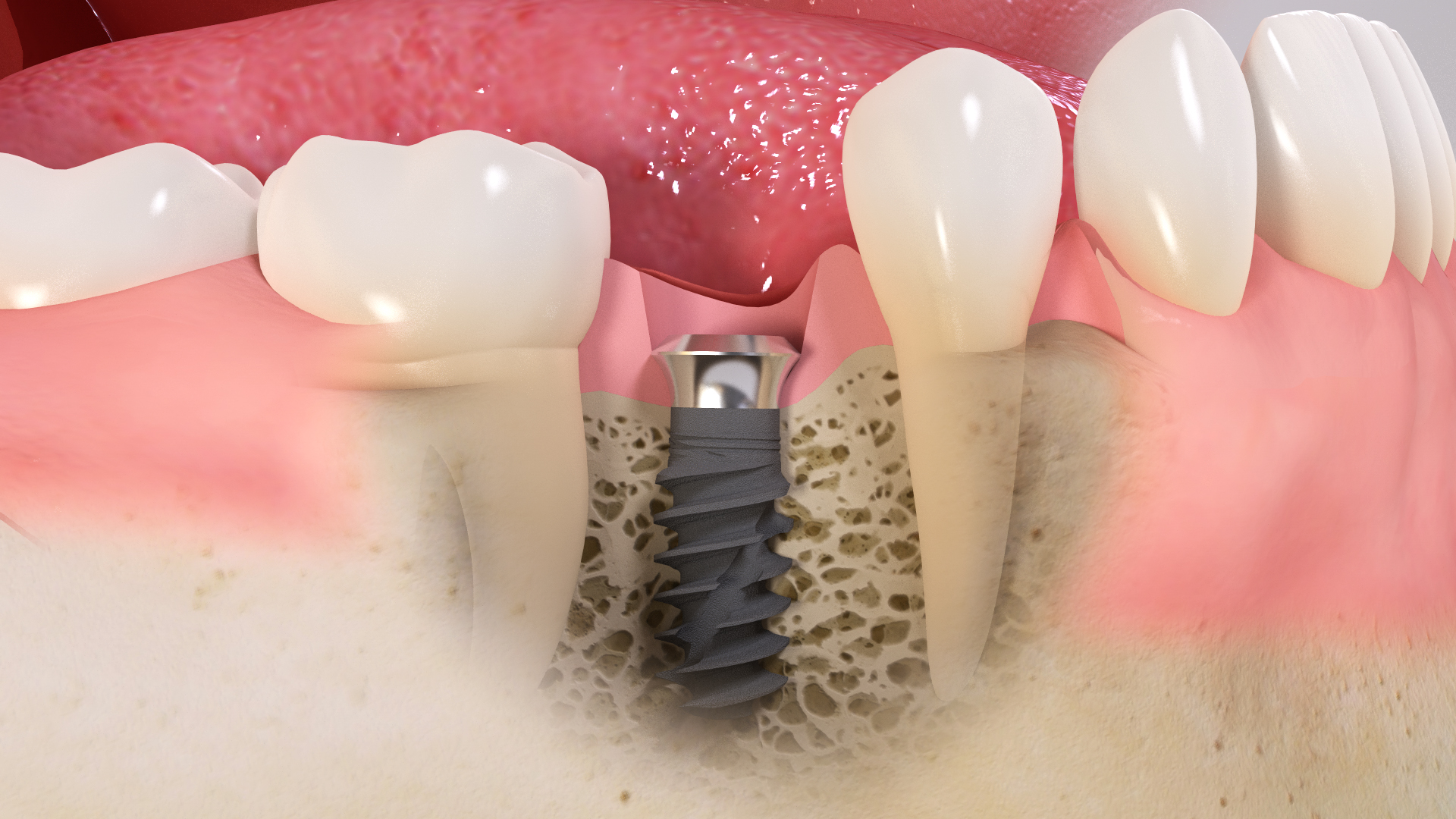 Latest generation products
Latest generation products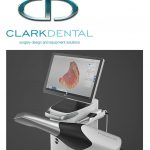
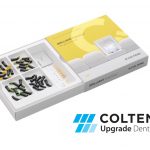
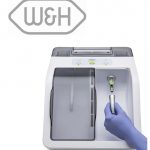
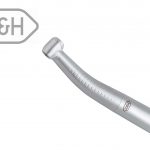
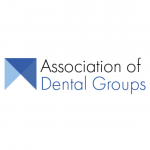

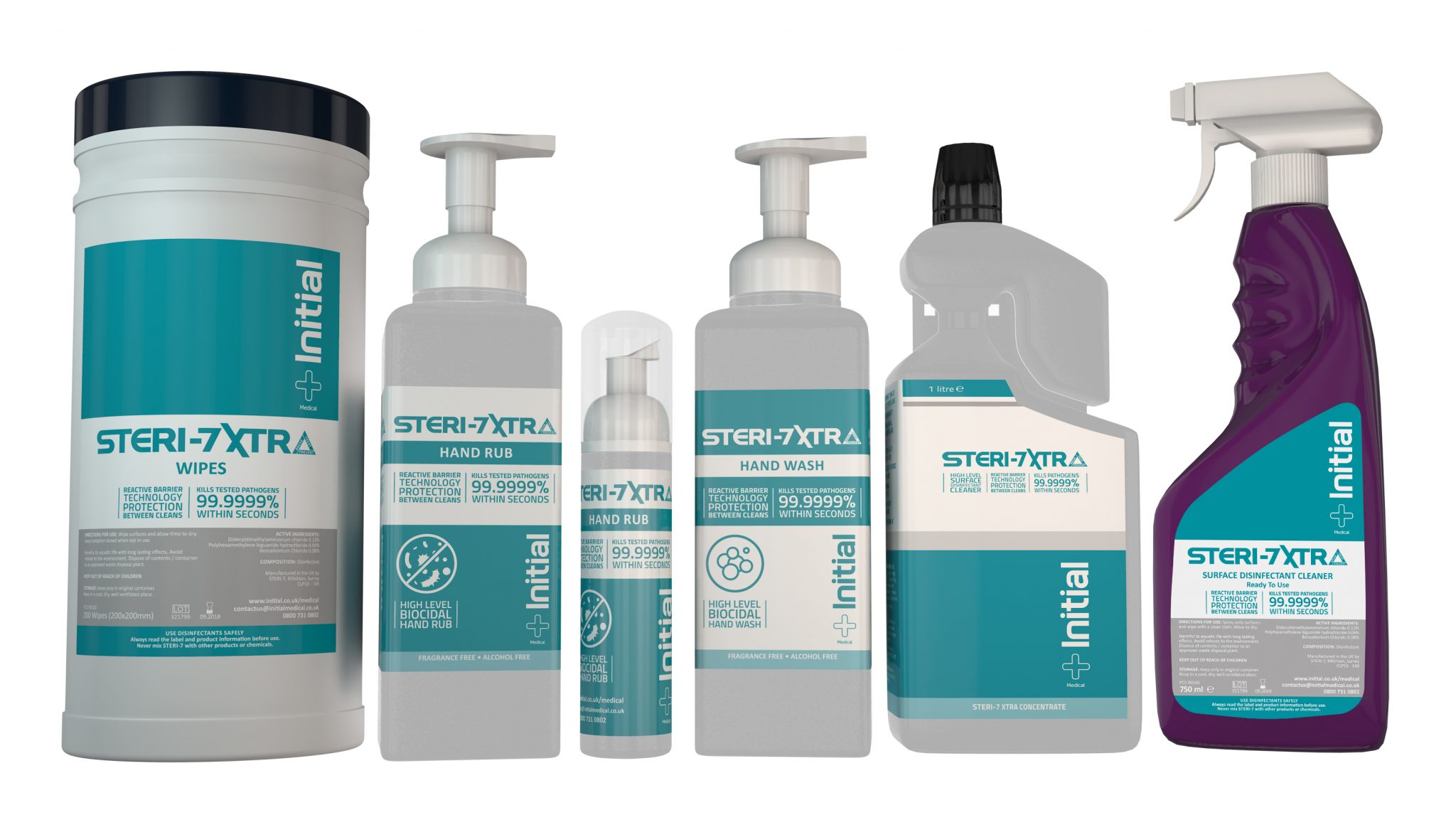 Hands. Face. Space. Fresh Air
Hands. Face. Space. Fresh Air